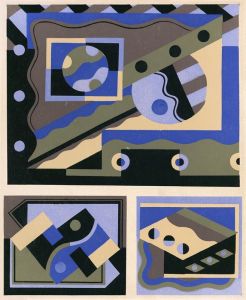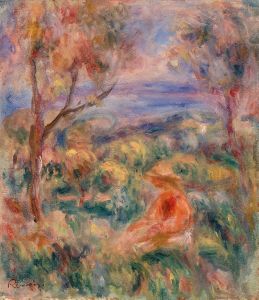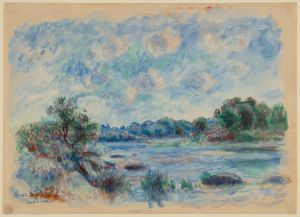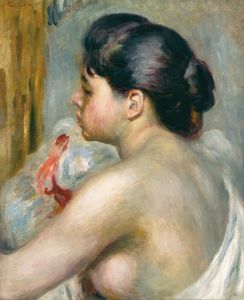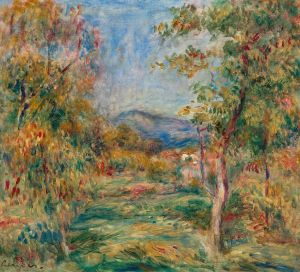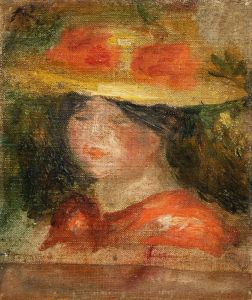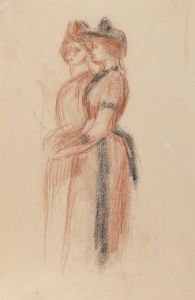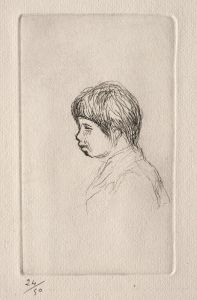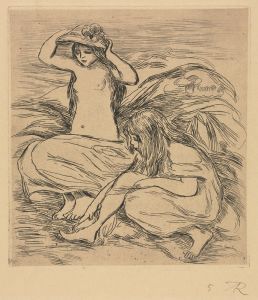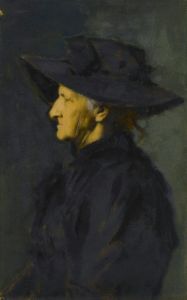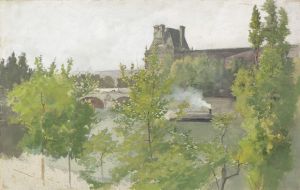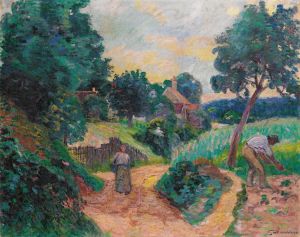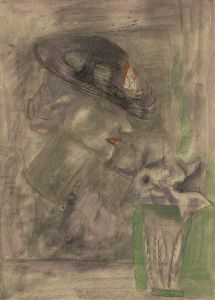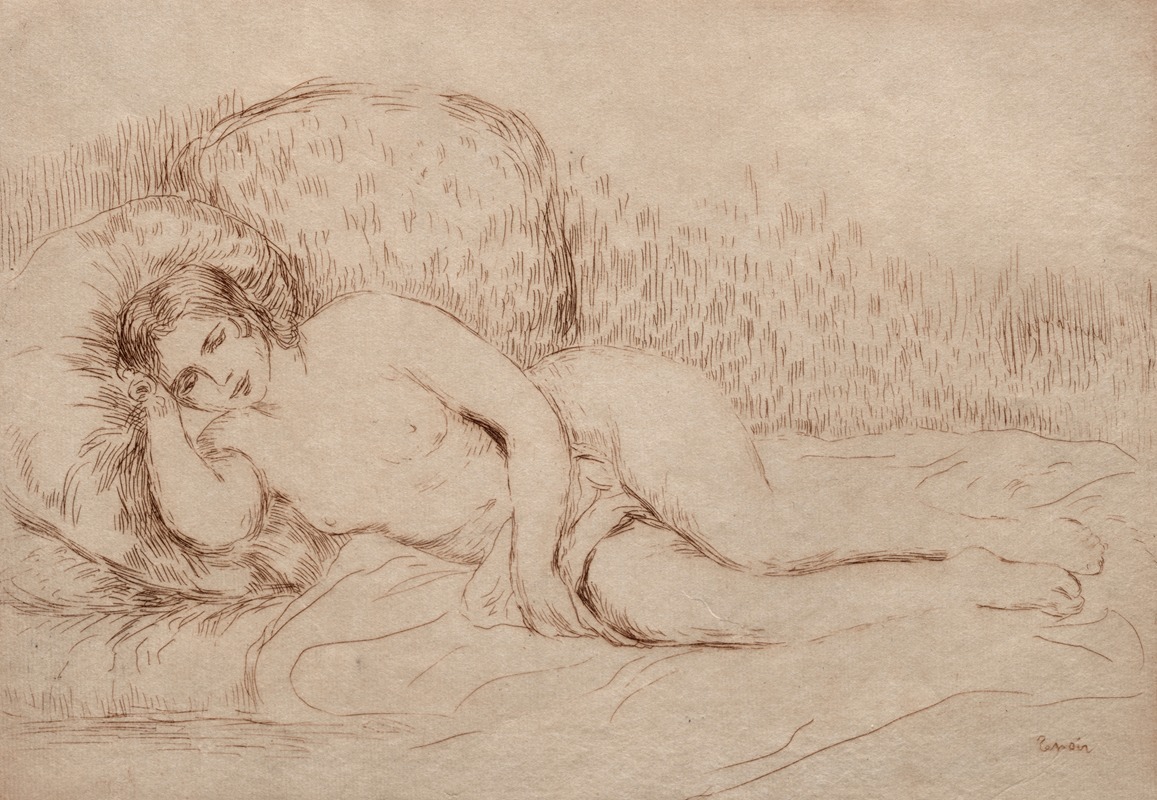
Femme nue couchée
A hand-painted replica of Pierre-Auguste Renoir’s masterpiece Femme nue couchée, meticulously crafted by professional artists to capture the true essence of the original. Each piece is created with museum-quality canvas and rare mineral pigments, carefully painted by experienced artists with delicate brushstrokes and rich, layered colors to perfectly recreate the texture of the original artwork. Unlike machine-printed reproductions, this hand-painted version brings the painting to life, infused with the artist’s emotions and skill in every stroke. Whether for personal collection or home decoration, it instantly elevates the artistic atmosphere of any space.
Pierre-Auguste Renoir, a prominent French artist and a leading figure in the Impressionist movement, created the painting "Femme nue couchée" (Reclining Nude) in 1907. This artwork exemplifies Renoir's mature style, characterized by a focus on the human form, vibrant color palettes, and a sensuous approach to the depiction of his subjects.
"Femme nue couchée" portrays a nude woman reclining on a bed, a common theme in Renoir's oeuvre, reflecting his fascination with the beauty and sensuality of the human body. The painting captures the model in a relaxed pose, with her body softly contoured against the backdrop. Renoir's use of light and shadow enhances the naturalism of the figure, while his brushwork imbues the scene with a sense of warmth and intimacy.
Renoir's technique in this painting demonstrates his departure from the more rigid structures of academic art, embracing instead the fluidity and spontaneity that Impressionism allowed. The artist's application of color is particularly noteworthy; he employs a rich palette that brings a lifelike quality to the model's skin tones and the surrounding environment. The soft, diffused light in the painting creates a harmonious balance, highlighting the curves and forms of the figure without harsh contrasts.
The subject matter of "Femme nue couchée" aligns with Renoir's broader artistic interests during this period. He was deeply influenced by the works of earlier masters such as Titian and Rubens, who also celebrated the human form in their paintings. Renoir's admiration for these artists is evident in his approach to composition and his emphasis on the tactile qualities of flesh and fabric.
Throughout his career, Renoir often explored themes of femininity and beauty, and "Femme nue couchée" is a testament to his enduring interest in these subjects. The painting reflects his belief in art as a source of pleasure and delight, a philosophy that guided much of his work. Renoir once remarked that he painted with the intention of creating a world of beauty and joy, a sentiment that is clearly expressed in this piece.
"Femme nue couchée" is housed in a private collection, which limits its public accessibility. However, it remains an important work within Renoir's body of work, illustrating his mastery of form and color, as well as his commitment to capturing the essence of his subjects with sensitivity and grace.
Renoir's legacy as a painter of nudes is significant, and "Femme nue couchée" contributes to our understanding of his artistic vision. The painting exemplifies his ability to convey the softness and warmth of human flesh, a skill that has earned him a lasting place in the history of art. Through this work, Renoir continues to inspire appreciation for the beauty of the human form, a theme that resonates with audiences even today.





